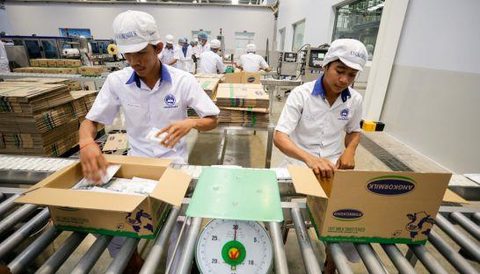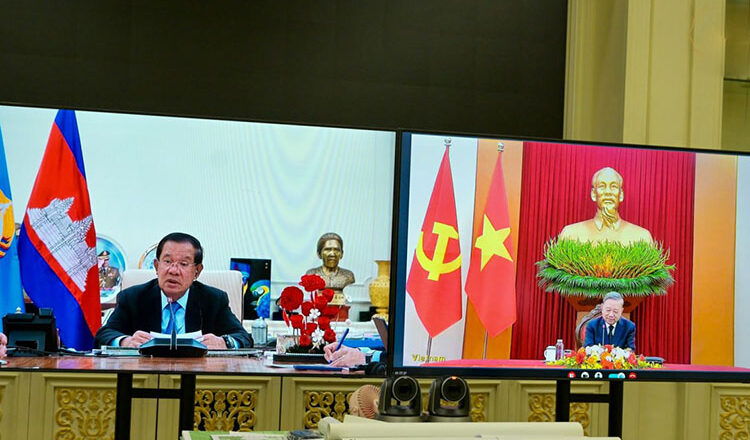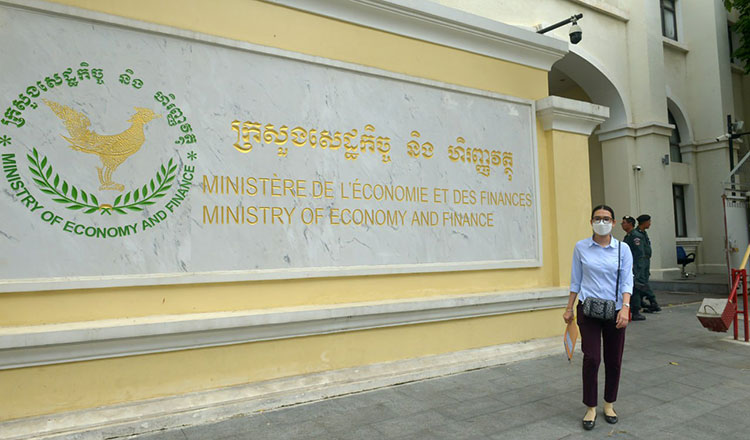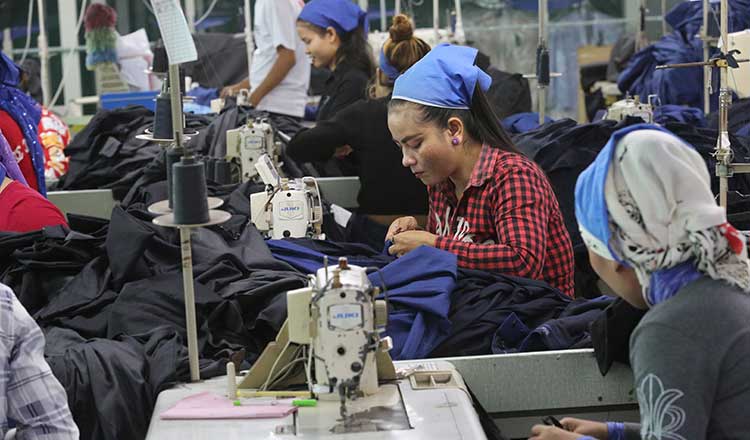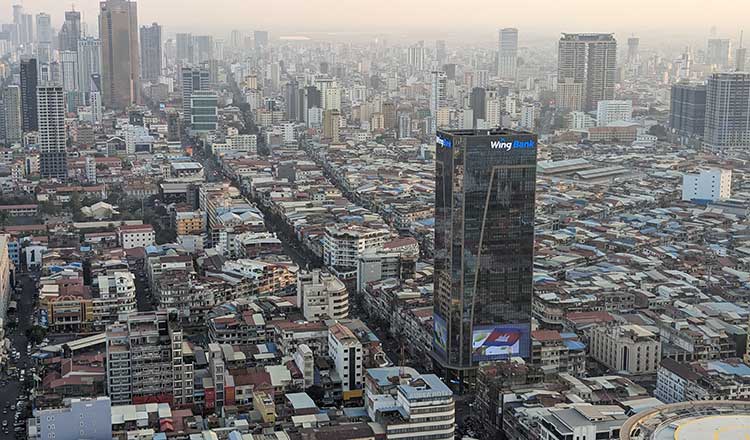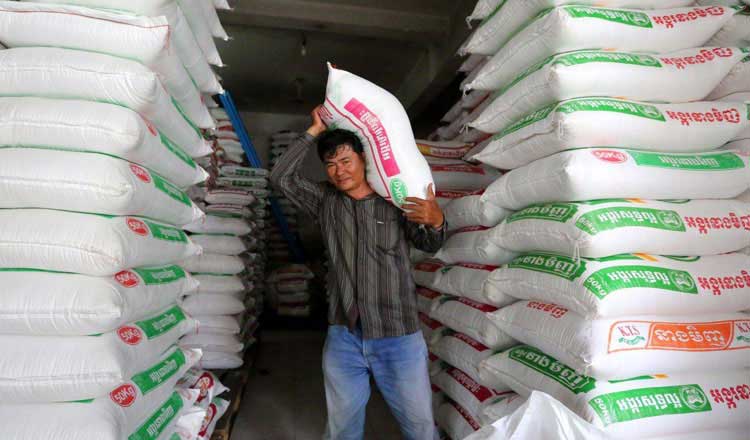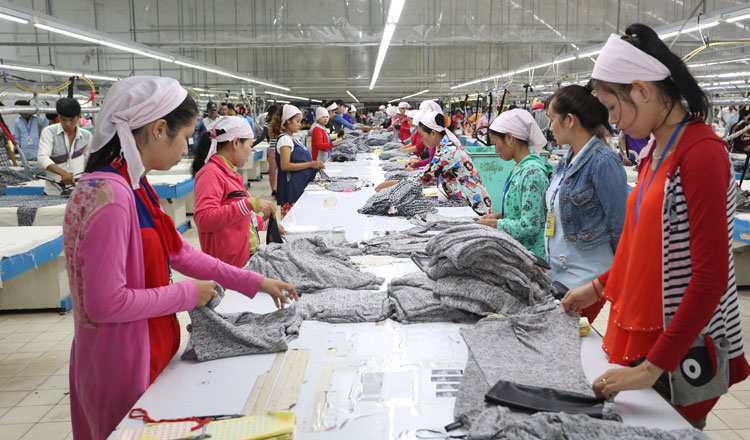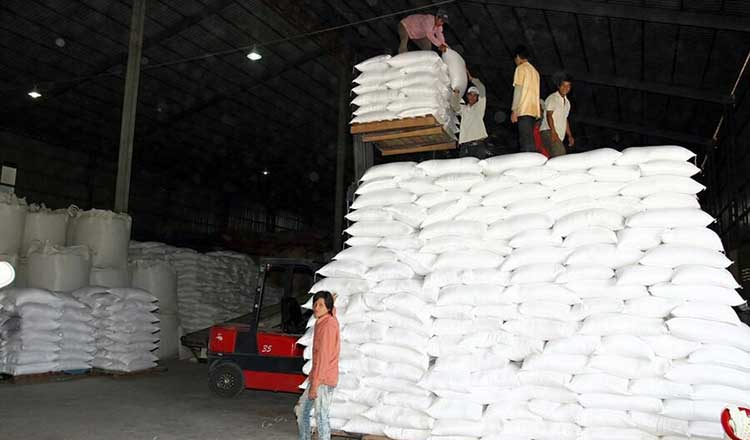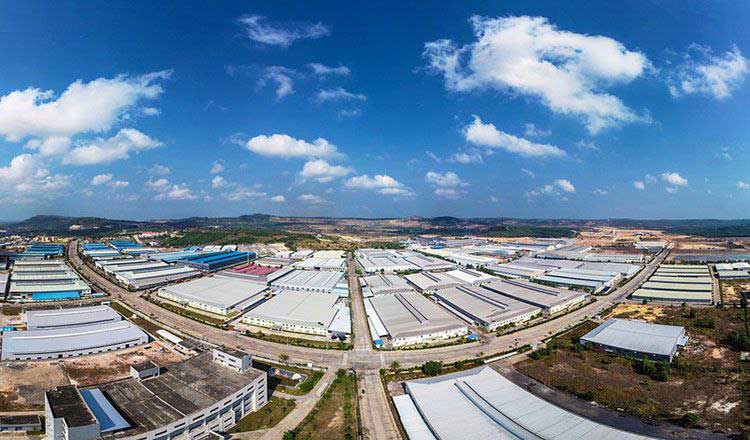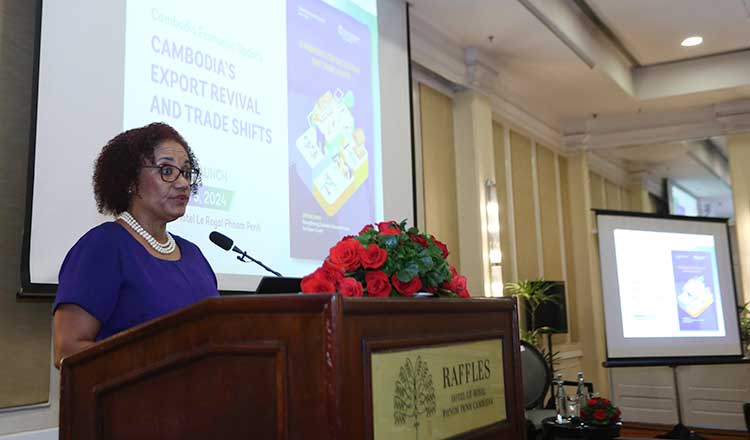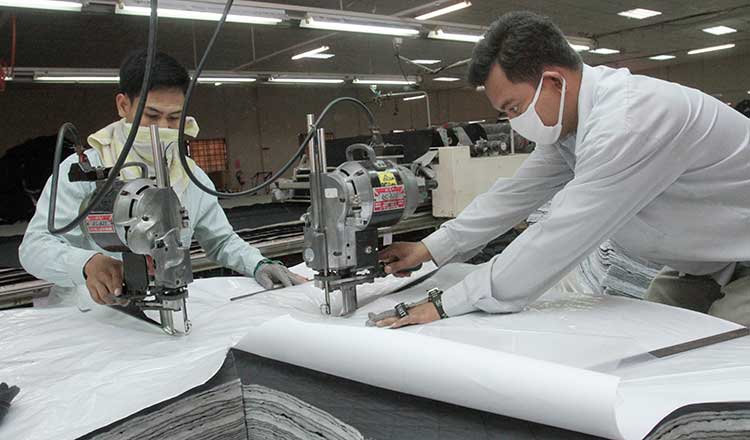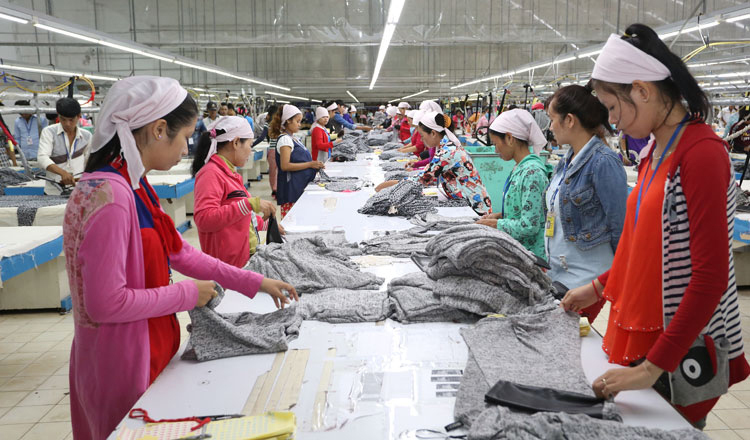Cambodia’s trade with EU soared with exports recording $1.56 billion in the first five months of 2024
Cambodia’s trade with EU soared with exports recording $1.56 billion in the first five months of 2024
Despite the partial loss of preferential trade tariffs under the Everything But Arms (EBA) scheme, Cambodia’s trade with the European Union (EU) continues to surge, with exports to the bloc recording $1.56 billion in the first five months of 2024.
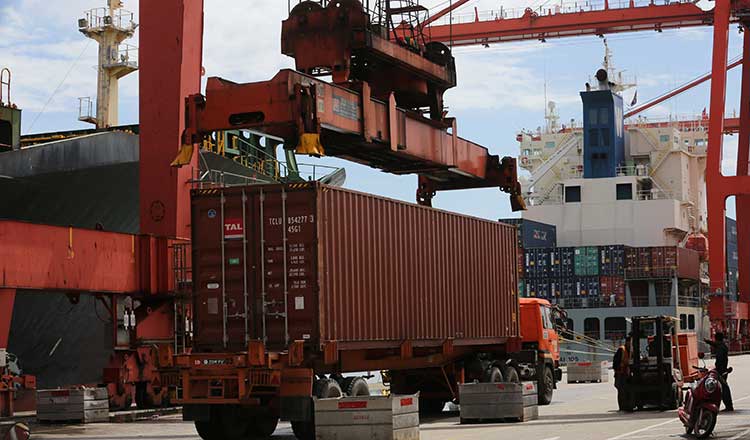
According to a report from the Ministry of Commerce, Cambodia’s exports to the EU during this period increased by 11.83 percent compared to the same period last year.
The two-way trade (exports and imports together) rose by 4.13 percent to $1.88 billion, read the report.
Germany and Spain were Cambodia’s biggest trade partners in the EU with bilateral trade volumes of $389 million and $357 million respectively, the report stated.
Cambodia mainly exports textiles, footwear, bicycles, foodstuffs, milled rice and other agricultural products to the EU under the EBA scheme.
These figures highlight the significance of the EU as a key export destination for Cambodia, said Penn Sovicheat, Secretary of State and spokesman of the Ministry of Commerce.
The EU consistently ranks among Cambodia’s top trading partners, offering a vital market for Cambodian goods, he said. “This sustained growth in exports indicates the increasing competitiveness of Cambodian goods in the European market.”
Sovicheat explained that exporters secured a large share of the EU market due to their increased production, allowing them to fulfill larger orders and meet growing European demand.
The quality of Cambodian products has demonstrably improved over the years, adhering to international standards, and this has boosted confidence among European consumers, making the Kingdom’s exports more attractive, he said.
“Despite the EU bloc’s ongoing economic recovery not reaching the pre-Covid-19 level, our exports to the bloc steadily increased. We still receive purchase orders for garments, footwear and agricultural products from the EU,” he said.
The EBA initiative, which grants duty-free access for Cambodian products to the EU market, has played a crucial role in this, said Lim Heng, Vice President of the Cambodia Chamber of Commerce.
The EU is also the largest buyer of Cambodia’s milled rice. Figures from the Cambodia Rice Federation (CRF) showed that the bloc imported 136,528 tonnes of milled rice from Cambodia worth $104 million in the first five months of this year.
The rice exports to the EU constituted 45 percent of Cambodia’s total rice exports of 302,529 tonnes.
The Cambodian government remains committed to fostering stronger trade ties with the EU. Continued efforts to improve trade facilitation, streamline regulations and enhance product quality are expected to further solidify this vital partnership.
The EU has reiterated its commitment to support Cambodia’s graduation from the Least Developed Country (LDC) status, saying that it is ready to talk with the Cambodian side on the new trade scheme, the Generalised Scheme of Preferences Plus (GSP+).
“Cambodia has now come to a critical juncture. The EU is committed to its partnership with Cambodia based on values and human rights principles,” Jutta Urpilainen, European Commissioner for International Partnerships, said in March during a visit to Cambodia.


